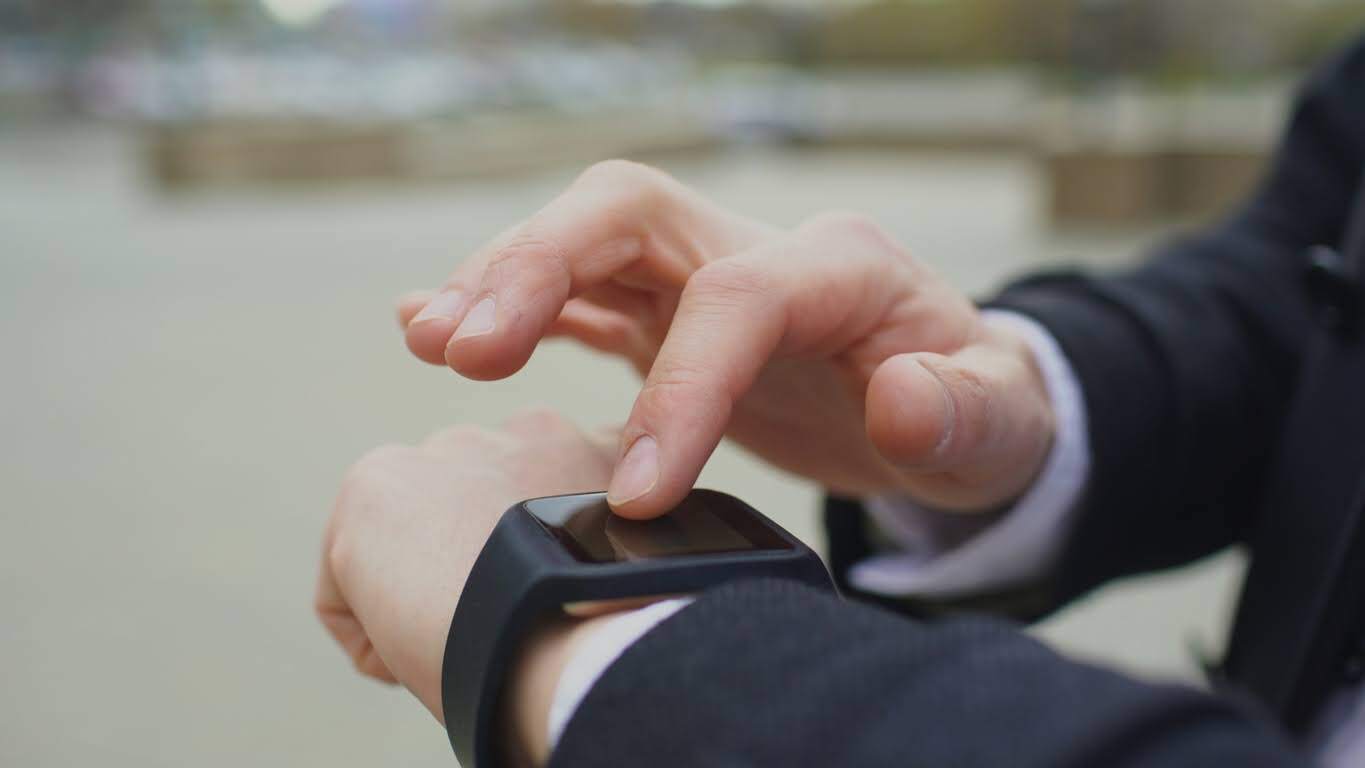
In the bustling landscape of New York, personal injury cases are experiencing a technological transformation. Wearable technology is significantly enhancing evidence gathering for these cases, providing unprecedented insights into the moments leading up to an incident. Devices like smartwatches and fitness trackers are revolutionizing the legal process by offering objective data that can corroborate or challenge traditional testimonies.
This advancement is particularly beneficial for lawyers as it empowers them to construct more compelling cases. With the rise of New York personal injury law, accurate and real-time data from wearables are becoming a vital tool in legal strategies. These devices assist in reconstructing events with precision, potentially affecting the outcome of litigation by highlighting inconsistencies or supporting claims with tangible proof.
In an environment where personal injury claims are prevalent, integrating technology provides a competitive edge. Wearable devices not only support the claims with scientific data but also aid attorneys across the state in presenting a stronger case. Legal support for accident victims ensures that individuals can effectively use this technology to strengthen their claims and secure fair compensation.
How Wearable Tech is Changing Personal Injury Law
Wearable technology is transforming the way personal injury cases are approached, offering more substantial evidence of physical conditions and activities. With devices like fitness trackers and smartwatches, there's a new dimension to supporting injury claims and addressing privacy considerations.
Wearable Devices as Evidence
Wearable devices such as fitness trackers and smartwatches are becoming crucial in personal injury cases. These gadgets collect data that can serve as vital evidence in legal proceedings. Fitness trackers provide insights into physical activity, while smartwatches can monitor heart rate and sleep patterns.
In personal injury claims, this information becomes instrumental in demonstrating the impact of injuries on daily life. This data can prove objective physical changes over time, making it harder for defendants to refute claims with subjective arguments. Lawyers increasingly rely on this data to build stronger cases for their clients.
Assessing Physical Condition Through Tech
Gadgets that monitor health have enabled a more detailed evaluation of a claimant's health status post-injury. Through constant monitoring, these devices report physiological changes in real-time, which can illustrate the severity of an injury over days, weeks, or even months. This is particularly valuable in showing patterns or anomalies following an accident.
For instance, in a case of alleged negligence, wearable tech data might reveal disruptions in sleep or unusual stress levels that align with the injury timeline. Such insights allow personal injury attorneys to construct a narrative supported by real, tangible evidence, often collaborating with technology specialists to interpret the data accurately.
Injury Claims Supported by Digital Data
The digital evidence gathered from wearables is reshaping how claims are substantiated. By utilizing the comprehensive data tracked by these devices, personal injury lawyers can better validate the extent of an injury and its resulting limitations on a person’s daily functions.
For example, smart clothing devices might indicate a restricted range of motion by highlighting decreased physical activity levels after an injury. This assists in quantifying non-economic damages such as pain and suffering, potentially impacting compensation outcomes positively. Wearable technology impacts personal injury claims by enhancing the quality of evidence used during litigation.
Privacy and Data Concerns in Litigation
With the advent of digital data in legal contexts, privacy concerns have grown. The personal data collected by wearables comes with risks if not handled appropriately. In legal proceedings, ensuring that the evidence is used ethically and complies with regulations is paramount.
Concerns around misuse or overreach into a claimant’s private life might arise, potentially affecting the trust between clients and their legal counsel. It is crucial for personal injury attorneys to balance these concerns, ensuring only relevant data is scrutinized. Constant dialogue about data security and privacy will help maintain integrity in personal injury litigation.
Impact of Technological Developments on Evidence
Wearable technologies have reshaped evidence collection in personal injury cases, offering precise insights into how injuries occur and their impact on life. By capturing detailed health metrics and activity data, these devices aid legal teams in demonstrating the extent of injuries more effectively.
Injury and Recovery Monitoring
Devices like Fitbit and Apple Watch play a significant role in tracking an individual's activity levels, sleep patterns, and heart rate. These metrics can provide a clearer picture of a person's physical exertion and recovery process after an injury. Extensive histories of activity levels and other health metrics enhance the understanding of the injury's impact, crucial for individuals experiencing chronic pain. Wearable data's contribution to legal cases offers valuable insights into the daily struggles faced by the injured party.
Role of Tech Specialists in Court
The inclusion of technology specialists in courtrooms is significant as they interpret wearable data for legal disputes. Their testimonies can clarify how activity levels and heart rate variability contribute to understanding an individual's physical state. Technological development demands that legal teams incorporate tech-savvy individuals who can establish the reliability and significance of evidence collected from wearable devices. This ensures that the gathered data is comprehensible and effectively supports injury claims.
Advancements in Accident Reconstruction
Technological advancements like augmented reality and 3D imaging transform accident reconstruction methodologies. These tools enable professionals to recreate events with greater accuracy, essential in illustrating how injuries occurred. By combining data from wearables with digital modeling techniques, legal teams can present persuasive visuals that support case arguments. The integration of these technologies provides a detailed examination of incidents, beneficial in conveying essential facts in court.







